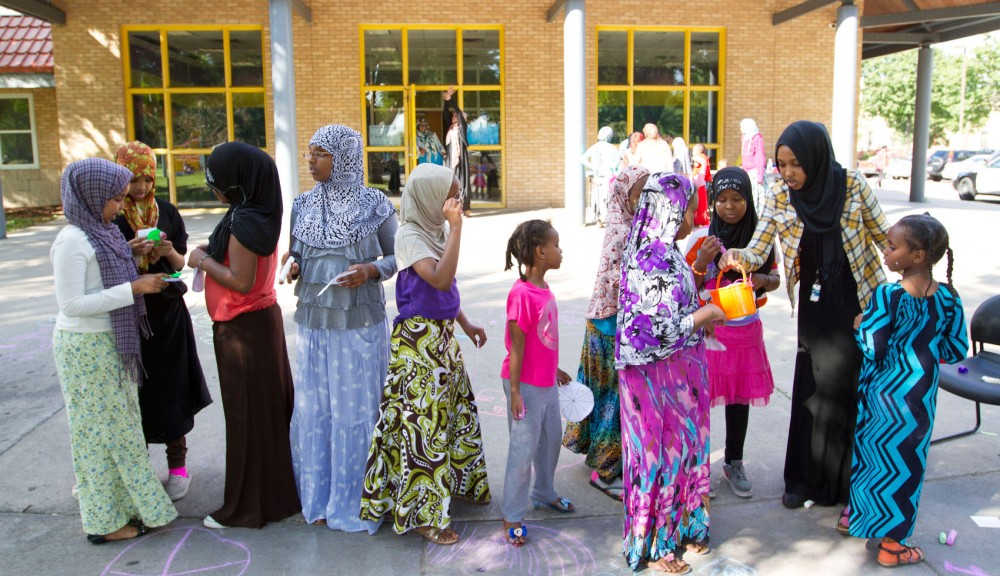Minnesota Comeback, a coalition of foundations and business leaders, assigned a task force to compile school data for Minneapolis parents and guardians to find the best school for their kids.
The task force created the guidebook — “Minneapolis School Finder” — which recorded over 100 K-8 schools and 37 high schools for parents to choose from. Those schools have one common denominator: restricted public access to information and sugarcoated imperfections.
The type of information the task force sought included math proficiency, reading proficiency, tabulated growth, graduation rate and the average ACT score. According to the guidebook, around 78 percent of those high schools in the guide either withheld their academic performance information or gave partial information.
Another sad, corollary trend is the schools’ lack of demographic information. Some of the schools mapped did not disclose relevant information such as the ratio of teachers to students and diversity-related information, while some schools released disturbing data.
For instance, only 10 percent of teachers in those high schools are teachers of color. This is true of schools where minority students are straight majority (70 to 90 percent). An example is Augsburg Fairview Academy. This school employs 9 percent teachers of color while an overwhelming majority of students are students of color (98 percent). Will that help schools win the war on the academic achievement gap for students of color?
Actually, the reverse effect will be realized because, as Kathy-Anne Jordan testified in a special education study, teachers “exhibit a crisis of faith in their black male students.”
If schools want to close the achievement gap for students of color, they should hire more teachers of color. Classrooms must reflect teacher-student race ratios. No school with the opposite mentality will ever close the gap. After all, good practices still matter, and minority schools are not immune to public scrutiny.
Abdiqani Farah
Author of “Minority Outcry: for a Dialogue in Education.”







